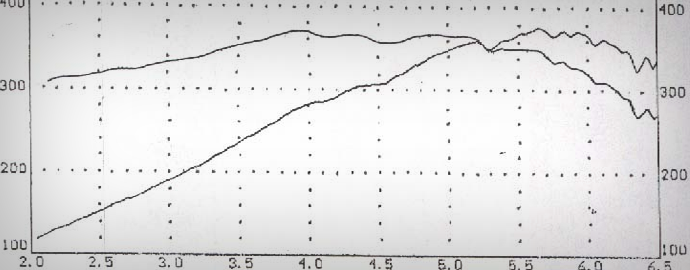How Often Should I Post On Facebook Or Twitter?

The most frequently asked question at our social media seminars is always “How often should I post on Facebook or Twitter?” or its close cousin “When should I post on Facebook or Twitter?” This is not a new concept; there are literally thousands of pages trying to answer the exact same question. If you’ll forgive the hubris, I’m here to tell you that they’ve all got it wrong, and I’ve developed the correct solution. So what IS the final, ultimate, complete answer?
The Answer You’re Not Expecting
The correct answer is that there is no correct answer. I want to stop right here and re-frame this entire discussion. When people ask me this question, they’re looking for a formula or structured answer that they can plug in to. It’s wrong to think that there will be set, solid answers to these questions (or any question, for that matter). For added clarity: there is not a time or frequency that is the ‘best’ time to post to Facebook or Twitter. Period. The reality is that the best that you can do is forecast what might be more ideal times or frequencies to post at. To ‘know’ the BEST is an impossibility. You can only predict and measure. It’s important to place the discussion in this light is because speaking in terms of prediction and measurement implies an ongoing cycle, whereas speaking in terms of ‘knowing’ implies an end-all be-all solution.
So How Do I Forecast That?
So, how do you go about forecasting more ideal times for your business to post? Start by determining what your goals are. These can be pretty simple:
- We want more people to see our content
- We want more people to engage with us
Or these can be more challenging:
- We want to increase sales from our social media audiences
- We want to increase traffic to our site
Once you’ve determined your end goal, you can figure out the best way to measure it. Thankfully, there are tons of ways to measure social media traffic and its impact:
- Social Media Management tools like Hootsuite
- Web analytics packages like Google Analytics
- Social media analytics like Facebook Insights
So, for example, if you wanted to see how frequency of posting affects post engagement, you would determine a hypothesis (“Posting frequently will increase our engagement”), set up the experiment (“We’ll post three times more per day every day for two weeks”), and then measure the results (“We’ll compare the average number of engagements, engaged users, and our reach using measurements from Facebook’s Insights tool with our averages for the same metrics over the same period of time preceding the experiment”). Once the experiment is completed, compare your results. Was there a difference in engagement? Was it statistically significant? Did you find any other interesting pieces of data that you want to investigate further? These are all questions you’ll be able to answer after you’ve completed your experiment.
What Happens Next?
Lather, rinse, repeat. There are so many variables that play into the way that content is consumed on social networks. Keep testing and ensure that you’re seeing consistency with your results. Slaughter your sacred cows. I can promise you that at least one or two of your near and dear marketing initiatives or ideas are not as effective as you want to believe. Start taking things up a notch. Look for goals closer to the end of your funnel; how can we drive more awareness of a new product or service, or even how can we drive more sales from social media referrals. The tools are all there, and the measurement is all possible. All that’s missing is your initiative to test, measure, and optimize.
What tests have you been running on your marketing lately? Share them with me in the comments


